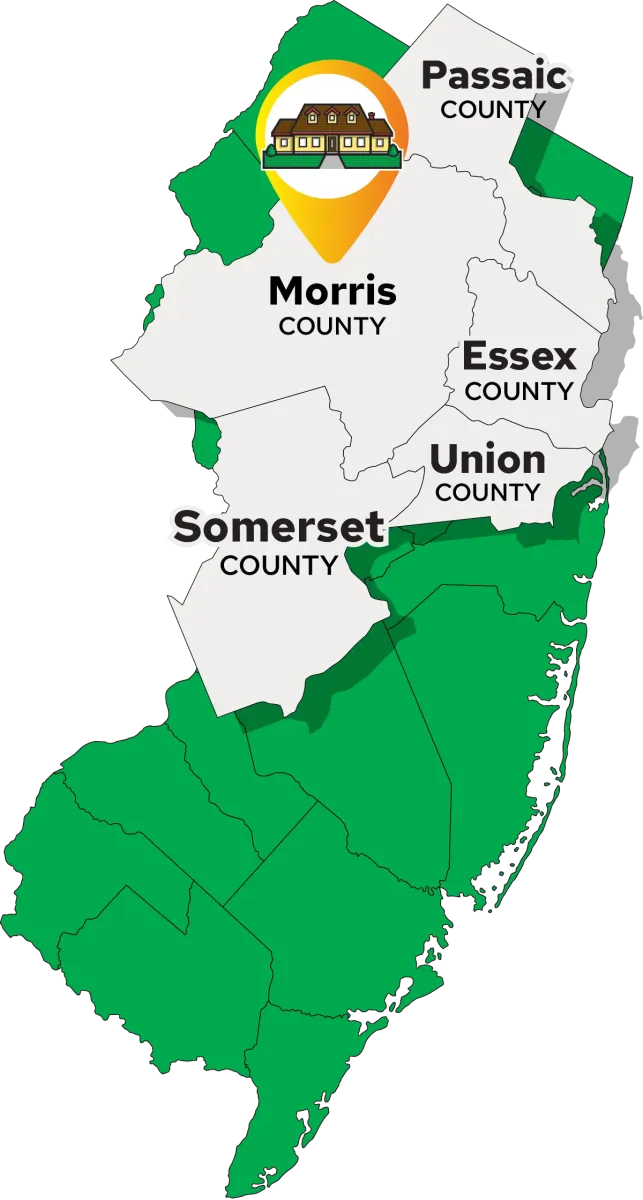Tree & Shrub Care in New Jersey
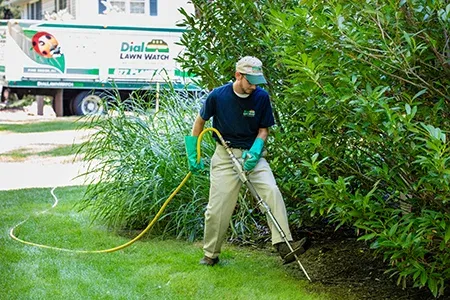
At Dial Environmental, we believe that vibrant landscapes start with healthy trees and shrubs. Our expert team is dedicated to providing unsurpassed tree & plant health care services, using a combination of innovative techniques and eco-friendly products. With our New Jersey State Licensed Arborists, we offer personalized care that ensures the longevity and vitality of your plants. Here’s what our team provides:
- Initial analysis
- Seasonal fertilization
- Insect control
- Disease control
- Dormant oil applications
- Hedging & pruning
- Trunk injection
- And more!
Custom Programs by Certified Arborists
Every landscape is unique, which is why we offer custom programs designed by our certified arborists. Our experts assess your specific needs and develop tailored solutions that address the unique challenges of your trees and shrubs. By incorporating soil analysis and collaborating with the Rutgers Department of Agriculture, we ensure that our recommendations are backed by the latest research and best practices. This personalized approach is unmatched, allowing us to effectively manage plant health, promote growth, and enhance the beauty of your outdoor spaces.
Tailored Tree, Shrub, and Plant Care

Every plant, shrub, and tree in New Jersey has unique needs, and our expert team is here to provide the specialized care they require. From deep root fertilization to winter protection, our custom tree, shrub, and plant care programs are tailored to enhance plant health, prevent pests, and protect against harsh weather conditions. Trust our certified arborists to nurture your landscape and ensure its long-term vitality. Our services can include:
- Deep root fertilization to nourish the root zone of trees and plants.
- Systemic soil injection to target and control harmful pests.
- Growth regulator applications to prevent overcrowding and promote healthy growth.
- Foliar fungicide treatments to protect against diseases like leaf spot and rust.
- Winter protection to safeguard plants from cold weather.
- Expert pruning in the late spring or fall to enhance plant health and prevent structural damage.
- Organic deer repellent applications to protect your landscape from damage.
Experience the difference in your landscape with our personalized care solutions designed to meet the specific needs of your plants and trees!
Protect Your Trees from Harmful Pests
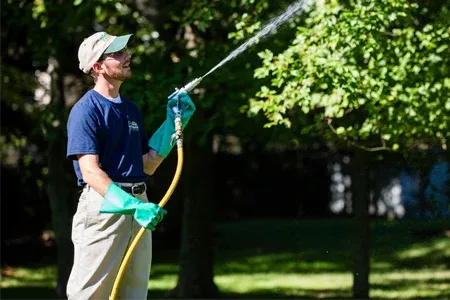
Protecting your trees from harmful pests is essential for maintaining their health and beauty, and at Dial, we specialize in effective tree insect control. We employ targeted treatments tailored to each specific pest, ensuring that your trees receive the precise care they need. With our advanced control methods, including systemic treatments and foliar sprays, we effectively eliminate pests while promoting the overall health of your trees. Our team can keep your trees protected from:
- Bronze Birch Borers
- Emerald Ash Borers
- Japanese Beetles
- Leaf miners
- Psyllids
- Spotted Lantern Flies
- Scale
- And more!
Dormant oil sprays are typically performed only in the spring and fall.
Effective Treatments for Common Plant Diseases
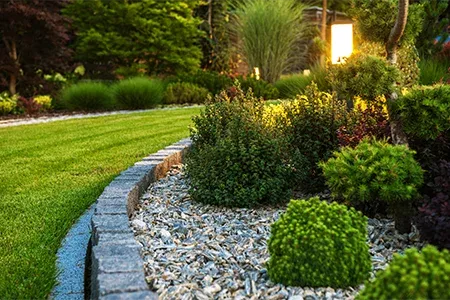
Signs such as brown spots, discolored leaves, and sagging branches indicate underlying issues that can threaten your landscape's health. Our eco-friendly approach ensures that we provide effective treatments without compromising your environment. We specialize in addressing common fungal diseases like Anthracnose and Apple Scab with targeted foliar spray applications, delivering timely and efficient solutions. Don't let fungus and disease jeopardize your plants' vitality—trust our expertise to restore health and beauty to your landscape.
Our Professional Planting Services
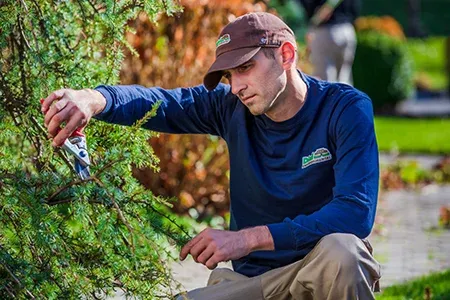
Planting is more than just putting a seed in the ground; it’s an investment in your landscape that requires expertise and care. Our team of landscaping professionals has successfully planted thousands of shrubs in the area, ensuring optimal results every time. Don’t risk your hard-earned money on improperly planted vegetation that may struggle to thrive. With our planting installation services, we guarantee that your plants are positioned and cared for correctly, giving them the best chance to grow healthy and strong.
Soil Analysis for Plant Care
In addition to our expert planting services, we also offer soil analysis to ensure your plants have the ideal conditions to thrive. For an additional fee, our team will analyze your soil to determine its nutrient levels and composition, providing tailored recommendations for optimal plant health. With this service, we can address any deficiencies and make sure your plants have the best foundation for growth, ensuring long-term success and vitality.
We proudly serve communities throughout New Jersey, bringing our top-notch tree and shrub care services to homeowners and businesses alike. Our local expertise allows us to tailor our services to meet the unique needs of each area, ensuring the health and beauty of your property. See if we service your city:
